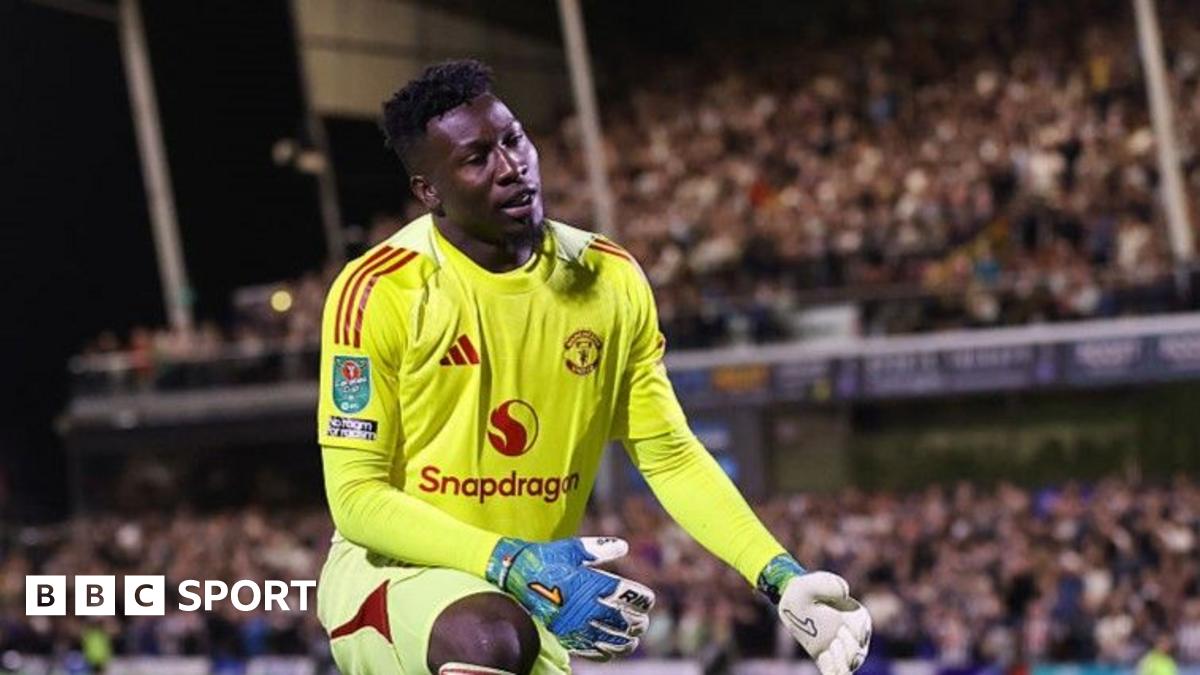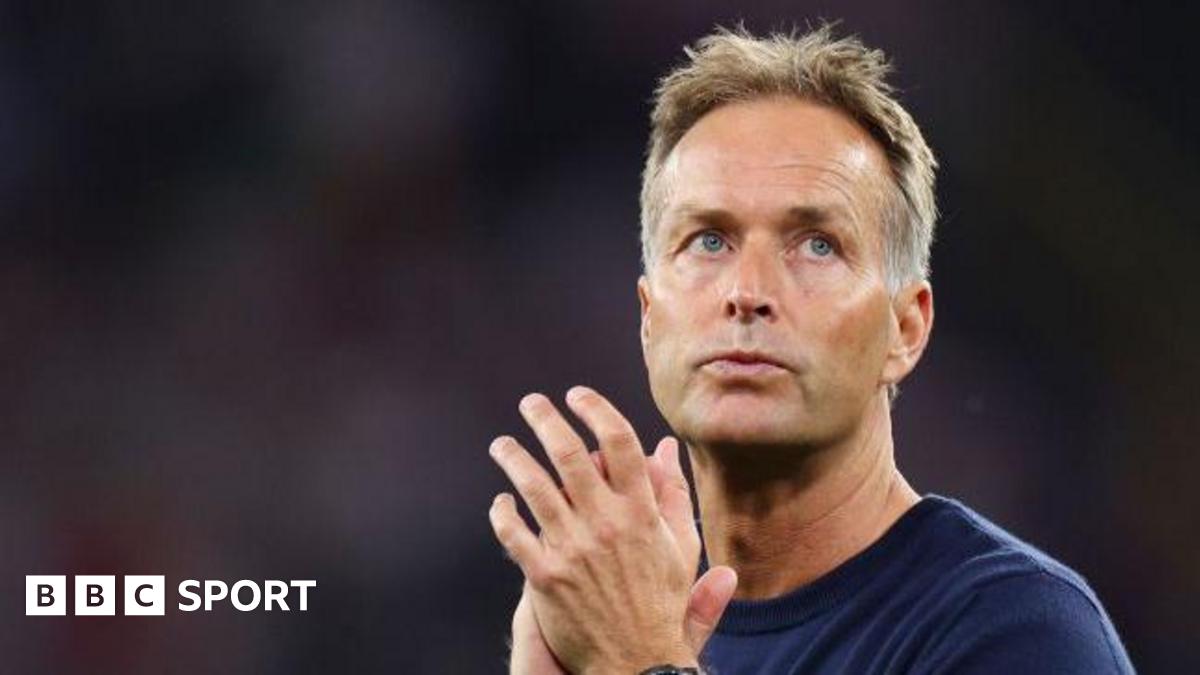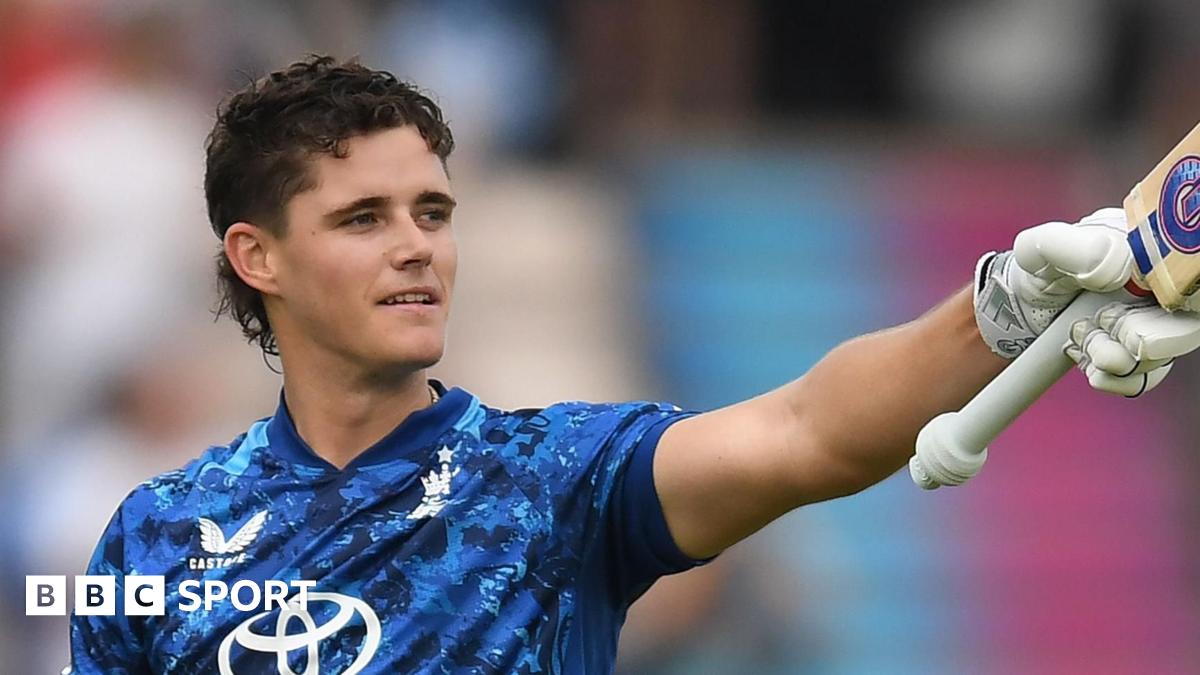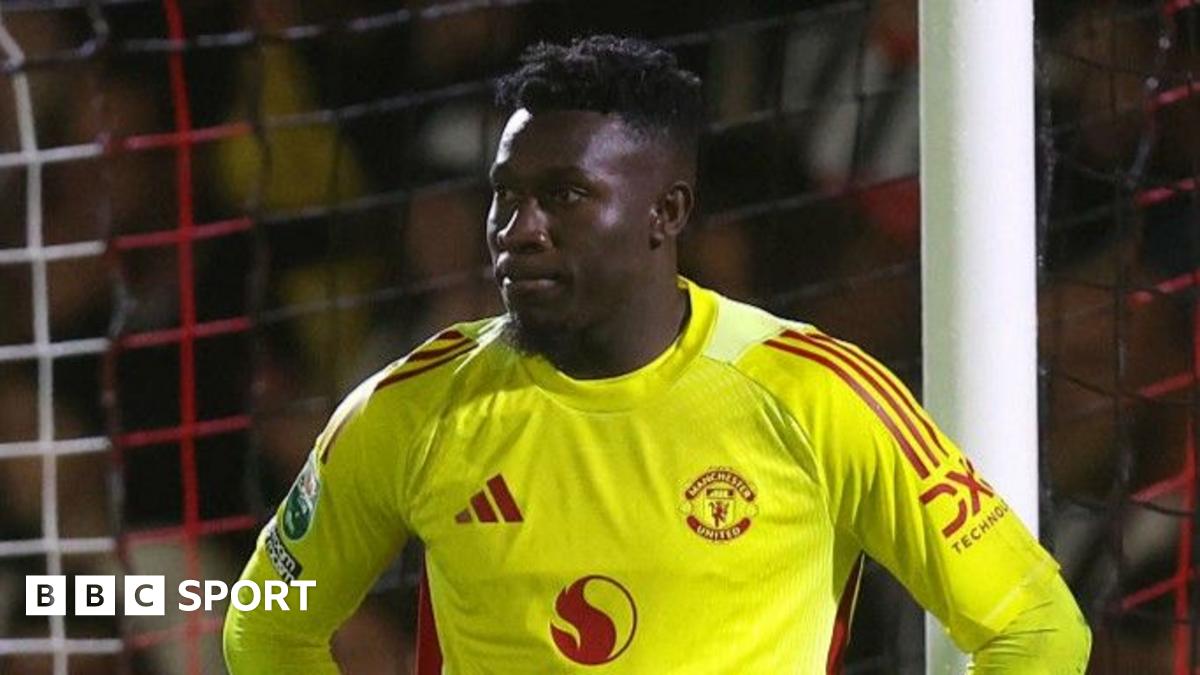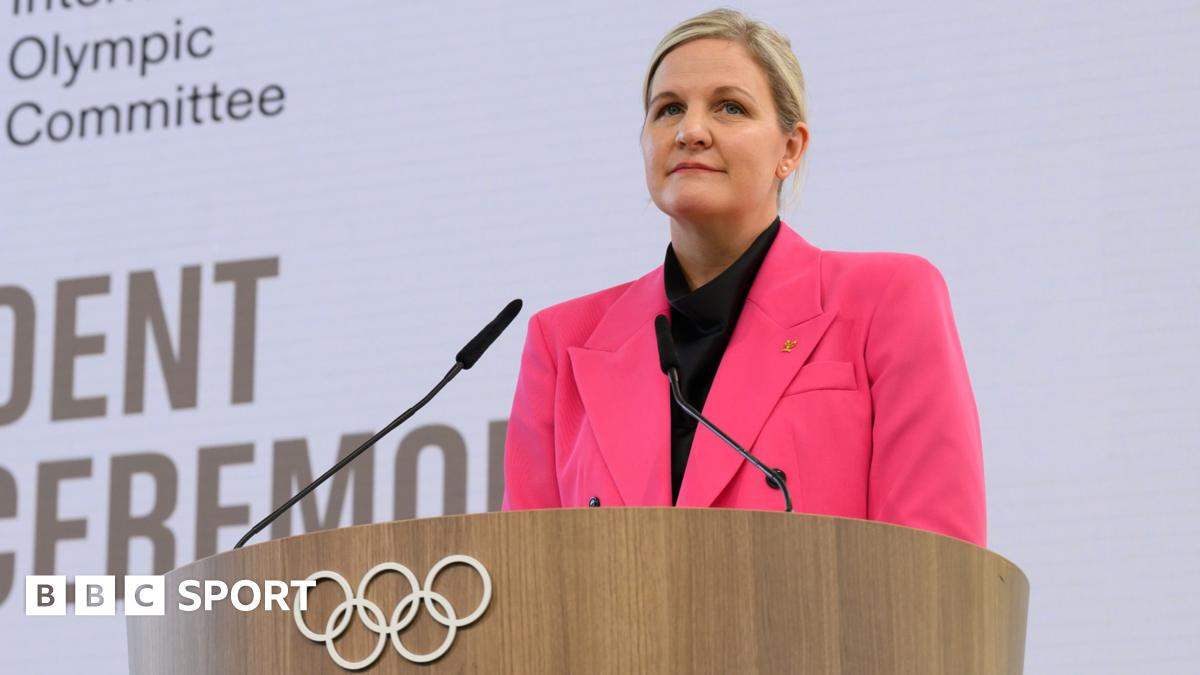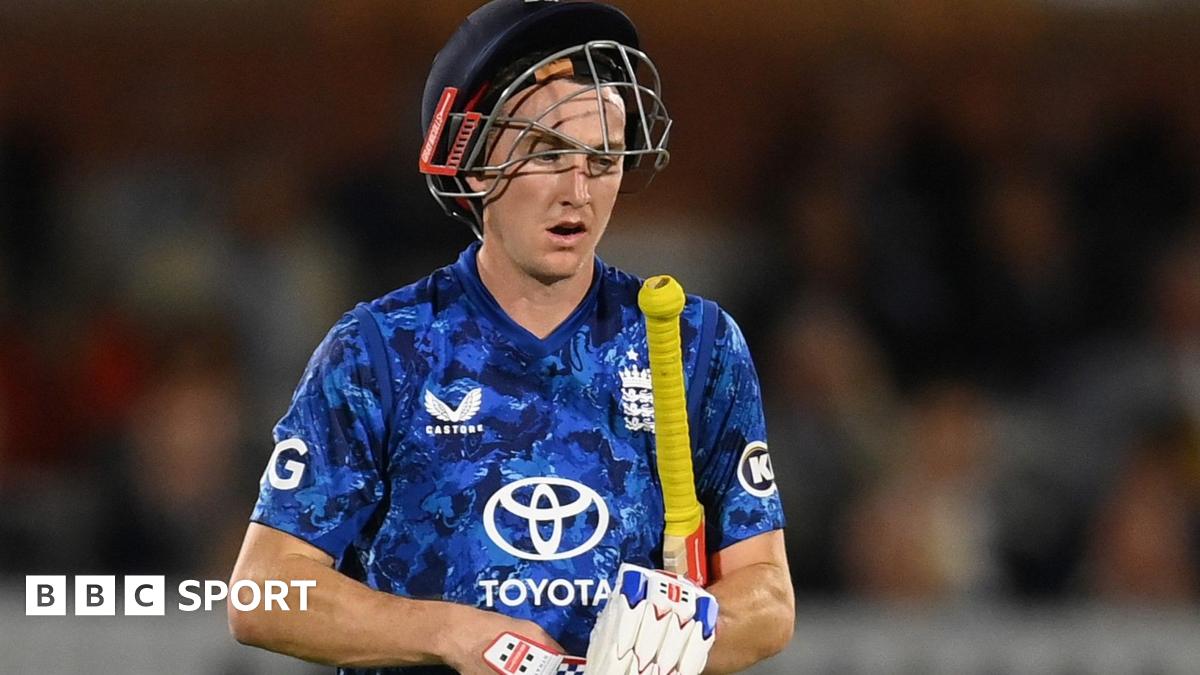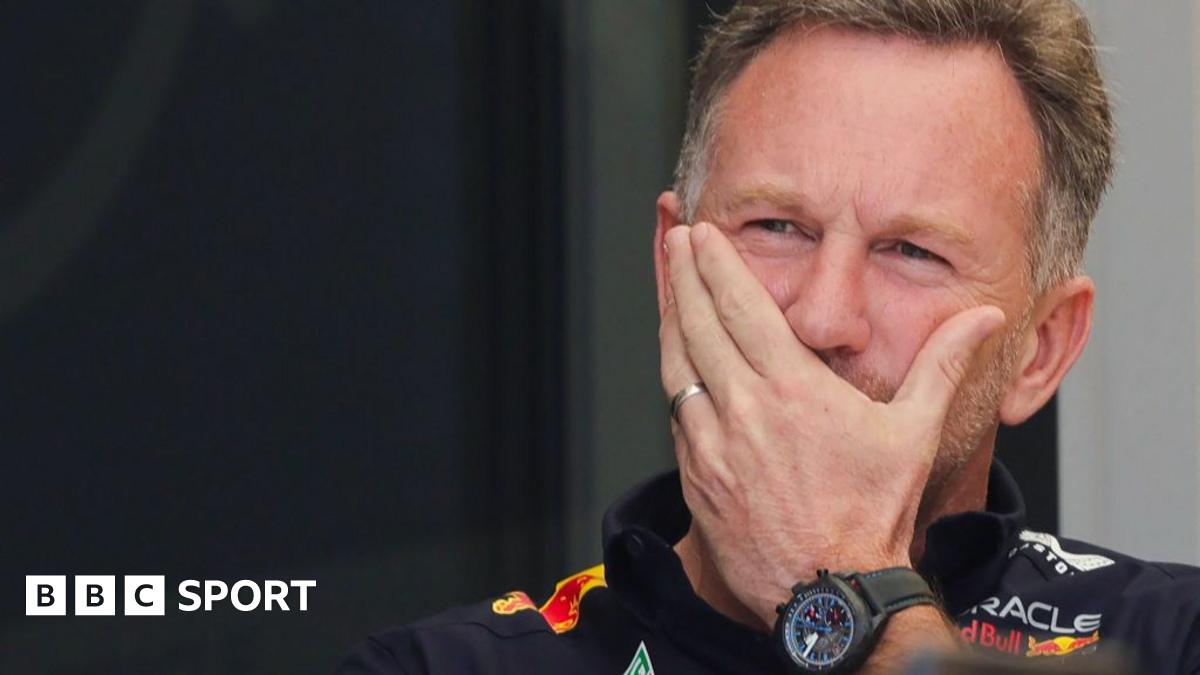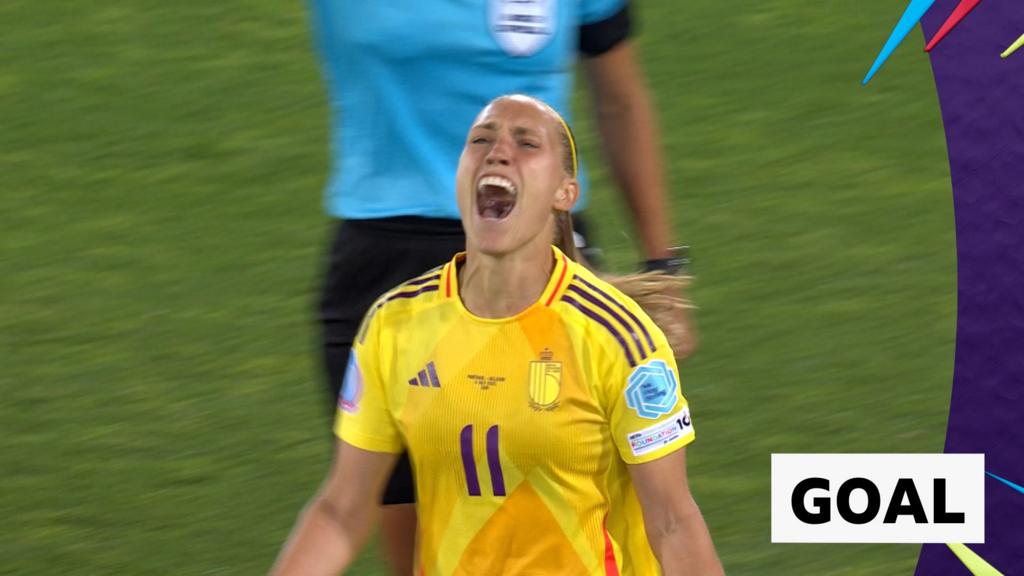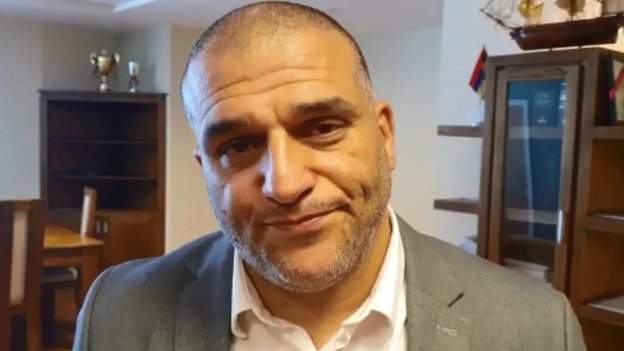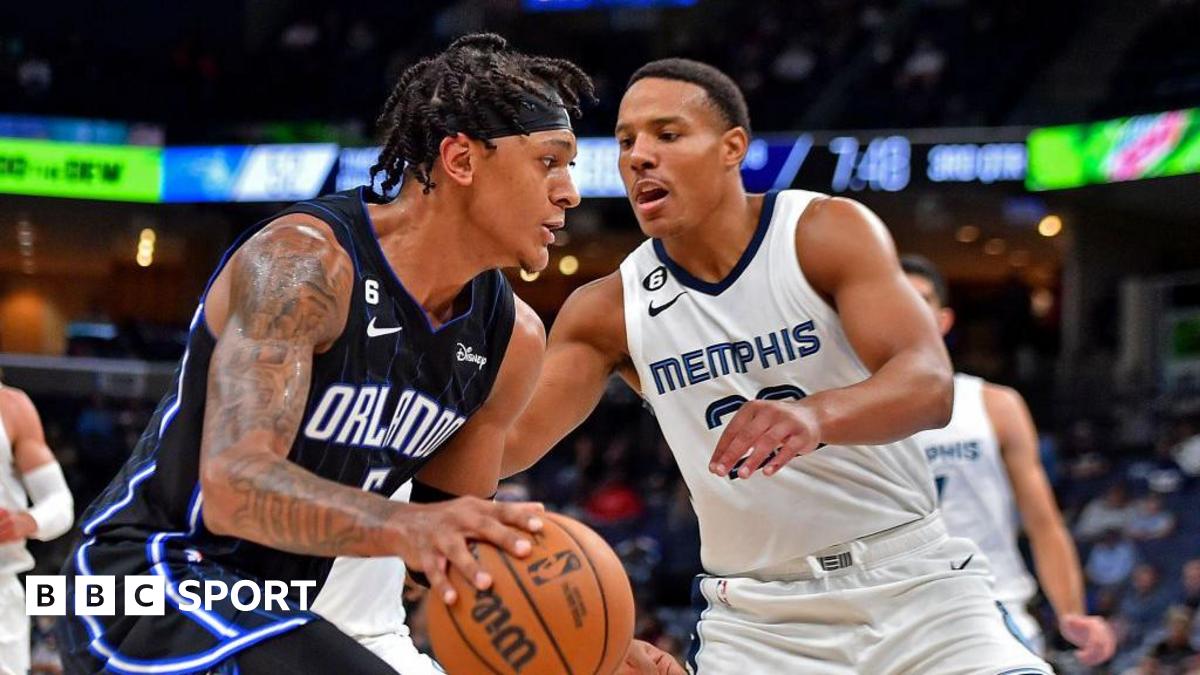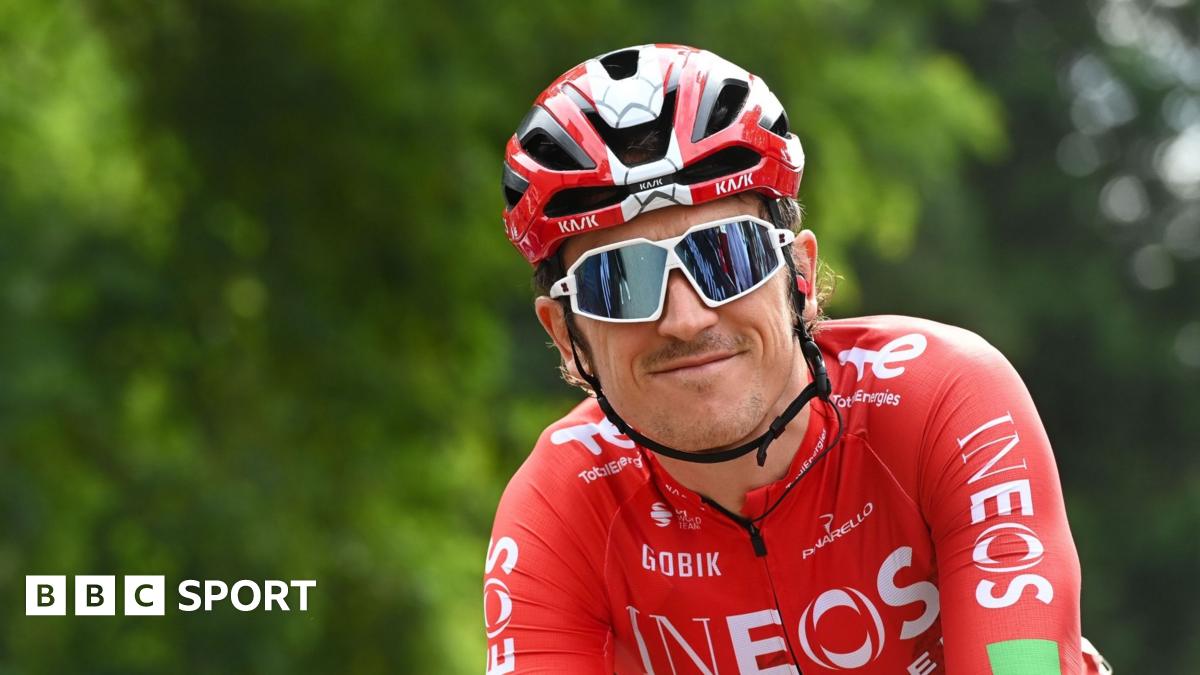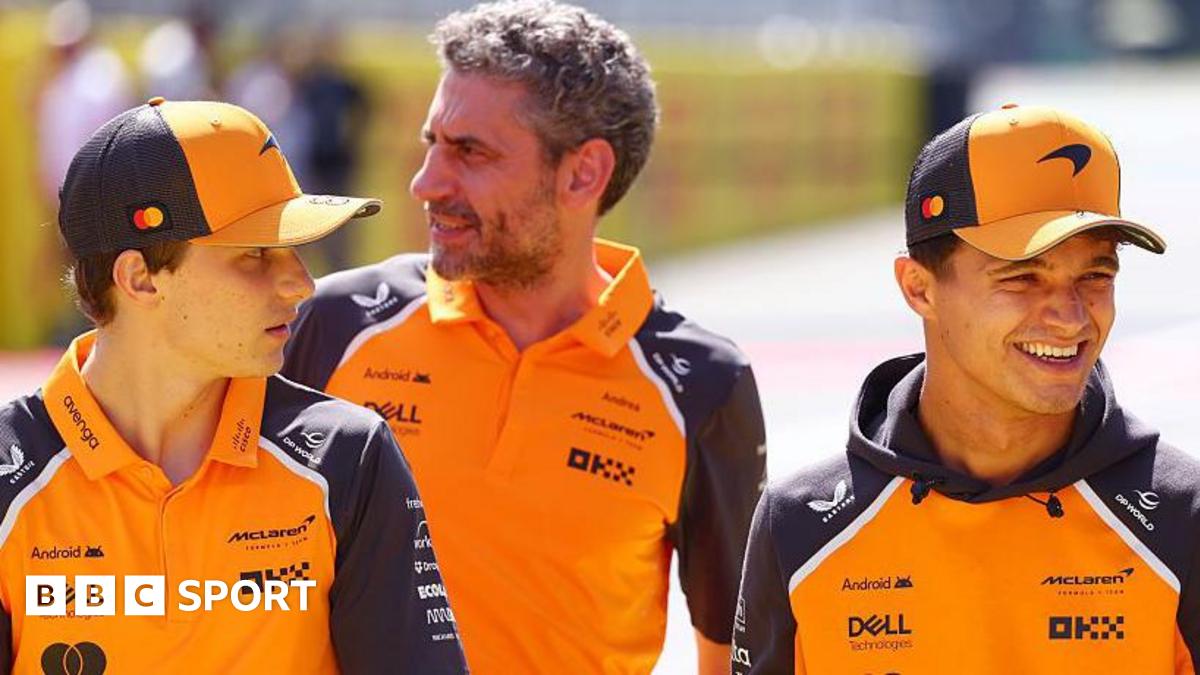Meanwhile, Red Bull have been having a second car problem.
While Verstappen won a record 19 of 22 races in 2023, his team-mate Sergio Perez took just two victories – in the first four races. After that, his form slumped alarmingly.
Kept on for 2024, Perez did not win again. And although he finished second to Verstappen three times in four races while they were dominating at the start of last season, his form had already started to decline again – following the trend of the previous season – by May.
And yet at that point, around the time of the Monaco Grand Prix, Horner signed Perez to a new two-year contract, to take him to the end of 2026.
The decision seemed baffling at the time. Not only was Perez not performing, but Red Bull held all the cards.
Even if giving Perez a new contract beyond the end of 2024 was a good idea – and many thought it was not – they had no need to sign the Mexican for two more years.
Fast forward to December 2024, and Perez’s results had been so bad for the remainder of the season that Red Bull felt they had no option but to drop him. Sources say the decision cost them a pay-off in the region of 18m euros (£15.5m).
That might be chicken feed for a company of the size of Red Bull. But it’s still an obscenely large amount of money wasted, because of a managerial miscalculation.
To replace Perez, Horner chose Liam Lawson, who at that point had done just 11 grands prix spread over two seasons for Red Bull’s second team.
The decision was calamitous. The New Zealander floundered, and was replaced by Yuki Tsunoda after just two races.
The Japanese was the more obvious choice of the two – he had done four seasons, and been faster than Lawson when they were team-mates.
But it was also equally obvious to anyone with any real insight into F1 drivers’ abilities that Tsunoda was not someone capable of getting close to Verstappen’s level of performance in a car that by now was known to be extraordinarily difficult to drive.
No-one knows how a driver of the level of, for example, George Russell or Charles Leclerc, would do in a Red Bull. But no-one has had a chance to find out, because Red Bull – for which, read Horner – have refused for years to sign one.
And it’s the lack of performance from the second driver that has left Red Bull floundering in the constructors’ championship – which determines the end-of-year prize money.
Lower-order concerns in the mix? Earlier this year, Horner aligned himself with a push from FIA president Mohammed Ben Sulayem to bring V10 naturally aspirated engines back to F1.
Rivals believed Horner was doing it out of concerns that the engine Red Bull were designing for next year in their new in-house facility will be uncompetitive compared to Mercedes. He may even have been doing it for what he perceived to be ‘the good of the sport’. No-one knows for sure.
But strategically it was unwise. Red Bull’s new engine partner Ford entered F1 because of the new 2026 rules, which double down on hybrid. So it was hardly likely that Ford – already uncomfortable about the allegations surrounding Horner – would approve of this stance.
Adding to the miscalculation, it was obvious the V10 plan had no legs – there was too much opposition from Mercedes, Honda and Audi, who together were always going to be able to block it. So why stick your neck out?
Horner’s closeness to Ben Sulayem on other matters – such as whispering in his ear to take action on the basis of various wild theories to explain McLaren’s dominance – was also rubbing people up the wrong way.

